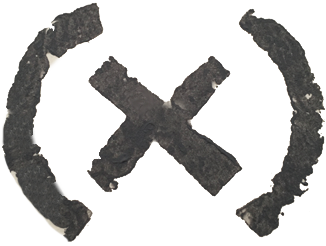How a workshop uses digital technology to craft perfect copies of imperilled art – The New Yorker
The Egyptian painters who decorated King Tut’s burial chamber had to work quickly—the pharaoh died unexpectedly, at about the age of nineteen, and proper preparations had not been made. Plaster was applied to lumpy limestone walls. On the chamber’s western wall, twelve baboons with an identical design are arrayed in a grid, and various slip-ups suggest haste: one of the baboons is missing a black outline around its penis. When the entrance to the chamber was sealed, some thirty-five hundred years ago, the baboons, along with the gods and goddesses depicted in other panels, were expected to maintain their poses for eternity. This wasn’t an entirely naïve hope. Tutankhamun was interred in the Valley of the Kings, the vast network of tombs in the hills outside Luxor, four hundred miles south of Cairo. The air in the valley is bone-dry, and pigment applied to a plastered wall in a lightless, undisturbed chamber should decay little over the centuries. When the British archeologist Howard Carter unsealed the burial vault, in 1923, turning the obscure Tutankhamun into the modern icon of ancient Egypt, the yellow walls remained dazzlingly intact. The Egyptians had made only one mistake: they had closed the tomb before the paint, or Tut’s mummy, had dried, and bacteria had fed on the moisture, imposing a leopard pattern of brown dots on the yellow background. The room is known as the House of Gold.
Since then, tens of millions of tourists have crowded inside the living-room-size chamber, exuding a swampy mist of breath and sweat, which has caused the plaster to expand and contract. Bahaa AbdelGaber, an Egyptian antiquities official, told me recently that the temperature inside the Luxor tombs sometimes exceeds a hundred and twenty degrees. “Oh, the smell on a busy day!” he said. Continue reading...

